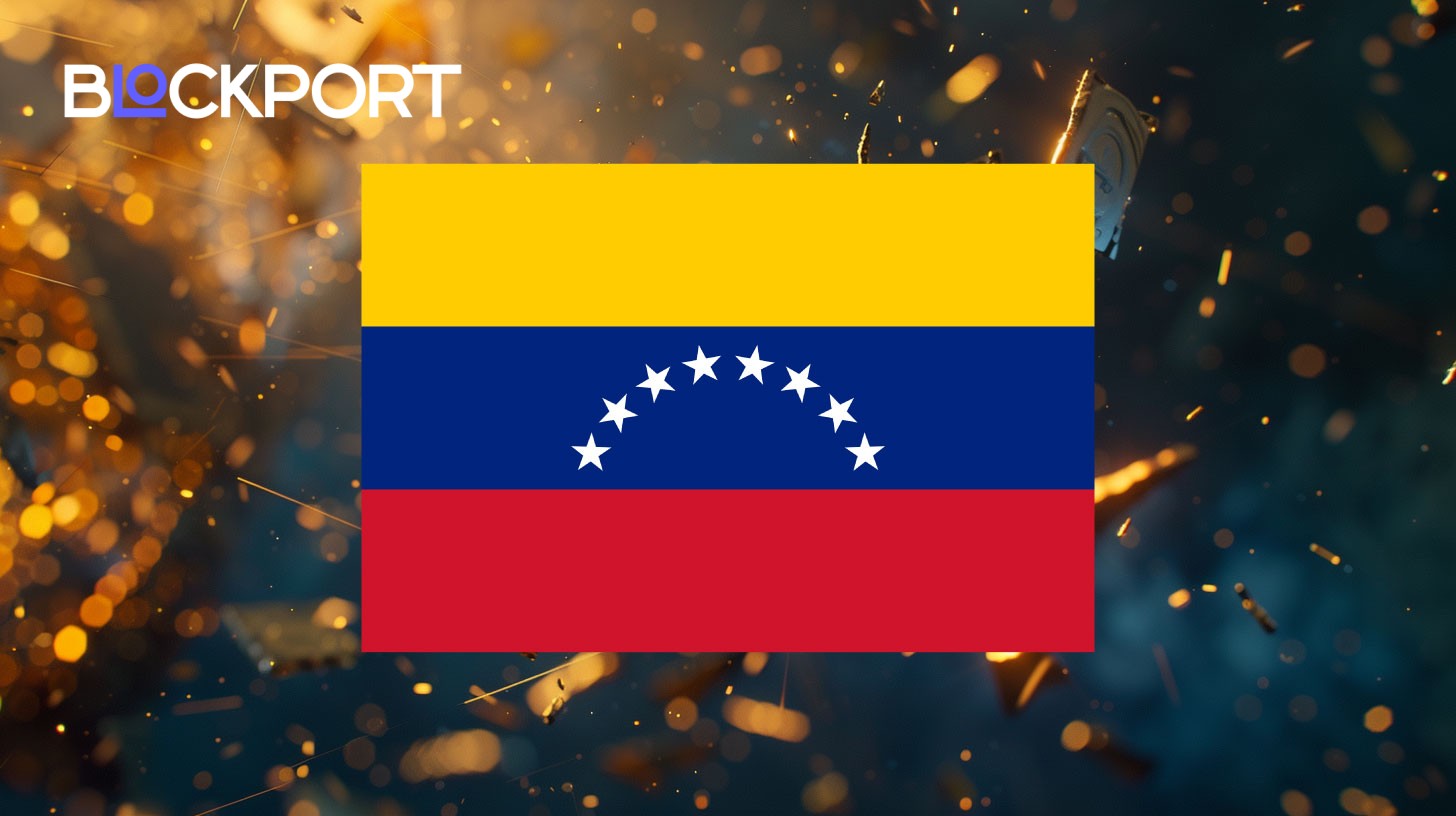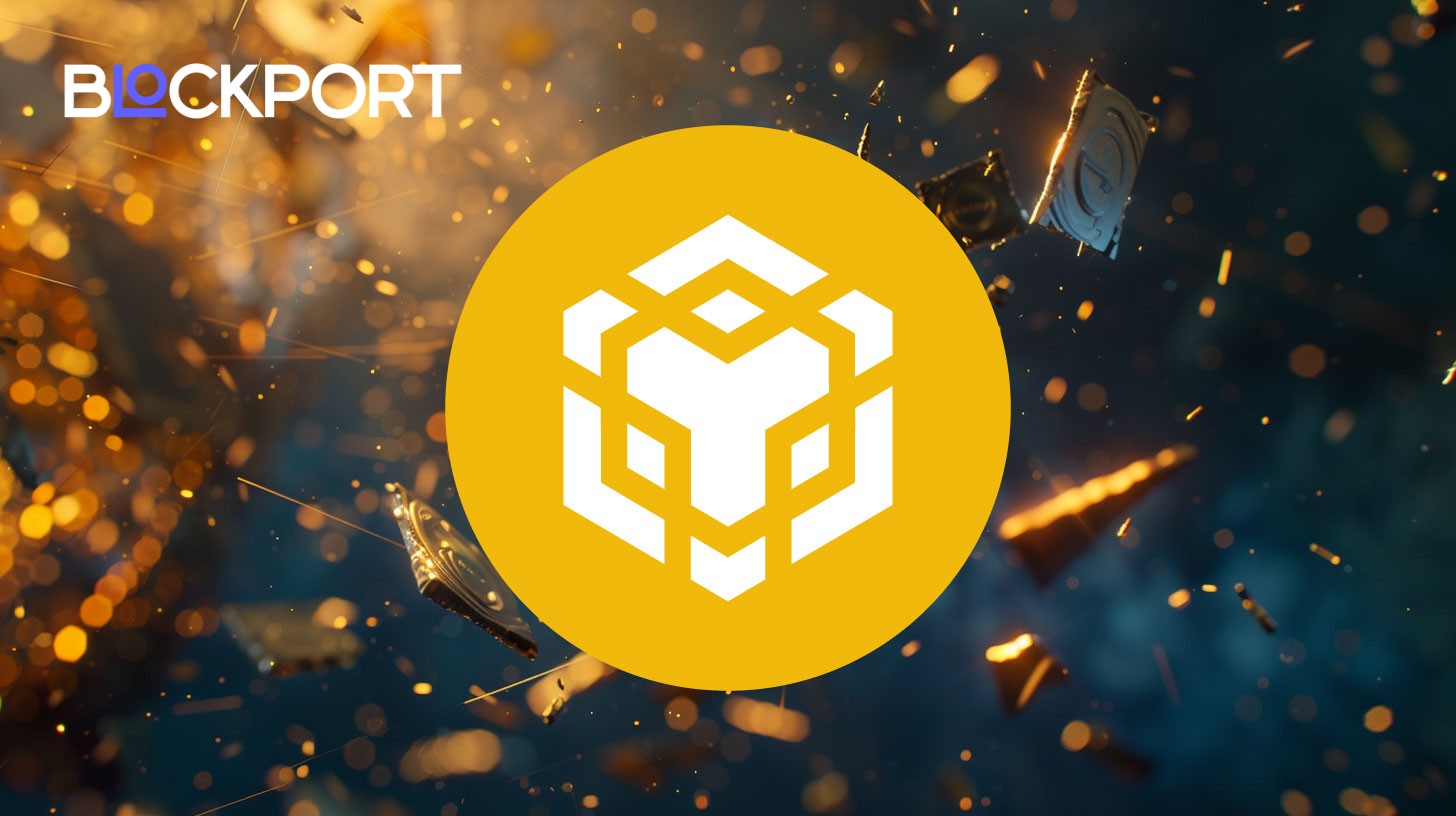Coinbase and Mercuryo Halve USDC On-Ramp Fees for MetaMask

MetaMask users buying USDC via Mercuryo get about 50% on-ramp fee savings when funding the Base network.
Coinbase partnered with payments firm Mercuryo to reduce fees by roughly 50% for MetaMask users buying USDC and sending it to Base. At the same time, Circle, issuer of USDC, unveiled Arc, a new Layer-1 blockchain designed specifically for stablecoin operations.
The discount applies to both new and existing MetaMask users who purchase USDC through Mercuryo’s on-ramp service and direct funds to Base, Coinbase’s Ethereum Layer-2 network. However, the companies noted that the discount applies only to USDC transactions on Base and may vary over time or be withdrawn.
Base operates using the OP Stack framework and processes transactions faster and cheaper than the Ethereum mainnet. Coinbase incubated the Layer-2 network and plans to gradually decentralize it over time.
Petr Kozyakov, Mercuryo’s co-founder and CEO, said stablecoins play a central role in crypto adoption for 2025, with USDC leading that trend. He expects MetaMask users to use the discounted rates for USDC purchases.
Shan Aggarwal, Coinbase’s chief business officer, stated the company aims to speed up global stablecoin adoption through its partnership with Mercuryo and fee reduction. Lorenzo Santos, senior product manager at MetaMask, noted that growing stablecoin use cases on MetaMask will drive increased USDC demand.
In addition, Circle announced Arc as an open Layer-1 blockchain where USDC serves as the native gas token. The network features sub-second transaction finality through the Malachite consensus engine and includes built-in foreign exchange and request-for-quote systems for on-chain currency conversion.
The blockchain will launch in phases. Circle plans to start with a private testnet in the coming weeks, followed by a public testnet this fall and a mainnet beta in 2026. Arc maintains compatibility with Ethereum Virtual Machine tools so developers can use existing frameworks.
Circle designed Arc to integrate with its existing services, including Circle Payments Network, USDC, EURC, USYC, and Cross-Chain Transfer Protocol. The company positions Arc as infrastructure built specifically for payments, foreign exchange, and capital markets applications.
Circle recently became a public company and released its first quarterly earnings report. The company highlighted growth in USDC circulation and described Arc as central to its platform strategy.
Content on BlockPort is provided for informational purposes only and does not constitute financial guidance.
We strive to ensure the accuracy and relevance of the information we share, but we do not guarantee that all content is complete, error-free, or up to date. BlockPort disclaims any liability for losses, mistakes, or actions taken based on the material found on this site.
Always conduct your own research before making financial decisions and consider consulting with a licensed advisor.
For further details, please review our Terms of Use, Privacy Policy, and Disclaimer.



























